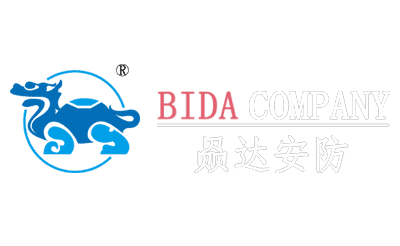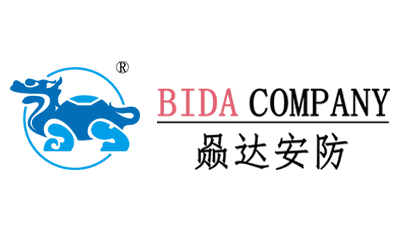Теневая сетка, также известная как теневые полотна, — это универсальные ткани, предназначенные для блокировки части солнечного света и ультрафиолетовых лучей, обеспечивая защиту растений, людей и различных открытых площадок. Они широко используются в сельском хозяйстве, садоводстве и строительстве для создания затененных сред.
Types of Shade Nets:
Material: Most shade nets are made from high-density polyethylene (HDPE), known for its durability and UV resistance.
Weaving Types:
Woven Shade Nets: Created by interlacing yarns at right angles, resulting in a rigid, grid-like structure.
Knitted Shade Nets: Made by interlocking yarns, offering flexibility and resistance to tearing.
Shade Percentages:
Shade nets come in various shading factors, typically ranging from 30% to 90%. The higher the percentage, the more sunlight is blocked. Selecting the appropriate shading factor depends on the specific needs of your plants or the desired level of shade.
Applications:
Agriculture and Gardening: Protects plants from excessive sunlight, reduces water evaporation, and shields against pests.
Construction Sites: Provides privacy and safety by concealing work areas.
Outdoor Spaces: Creates shaded areas for patios, playgrounds, and seating areas.
Considerations When Choosing a Shade Net:
Shade Requirement: Assess the specific shading needs of your plants or area.
Durability: Opt for UV-resistant nets to ensure longevity.
Color: Black nets are common, but other colors may be available depending on the manufacturer.


